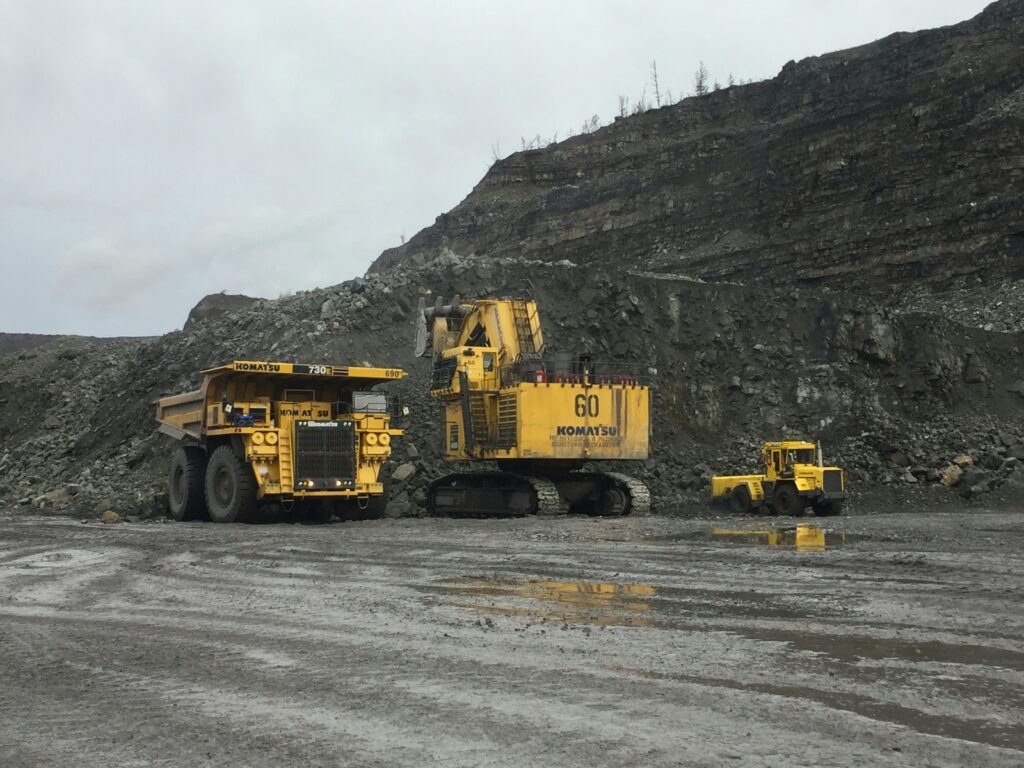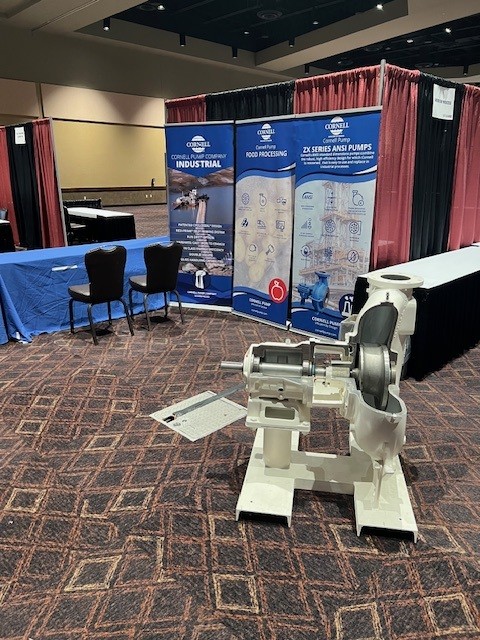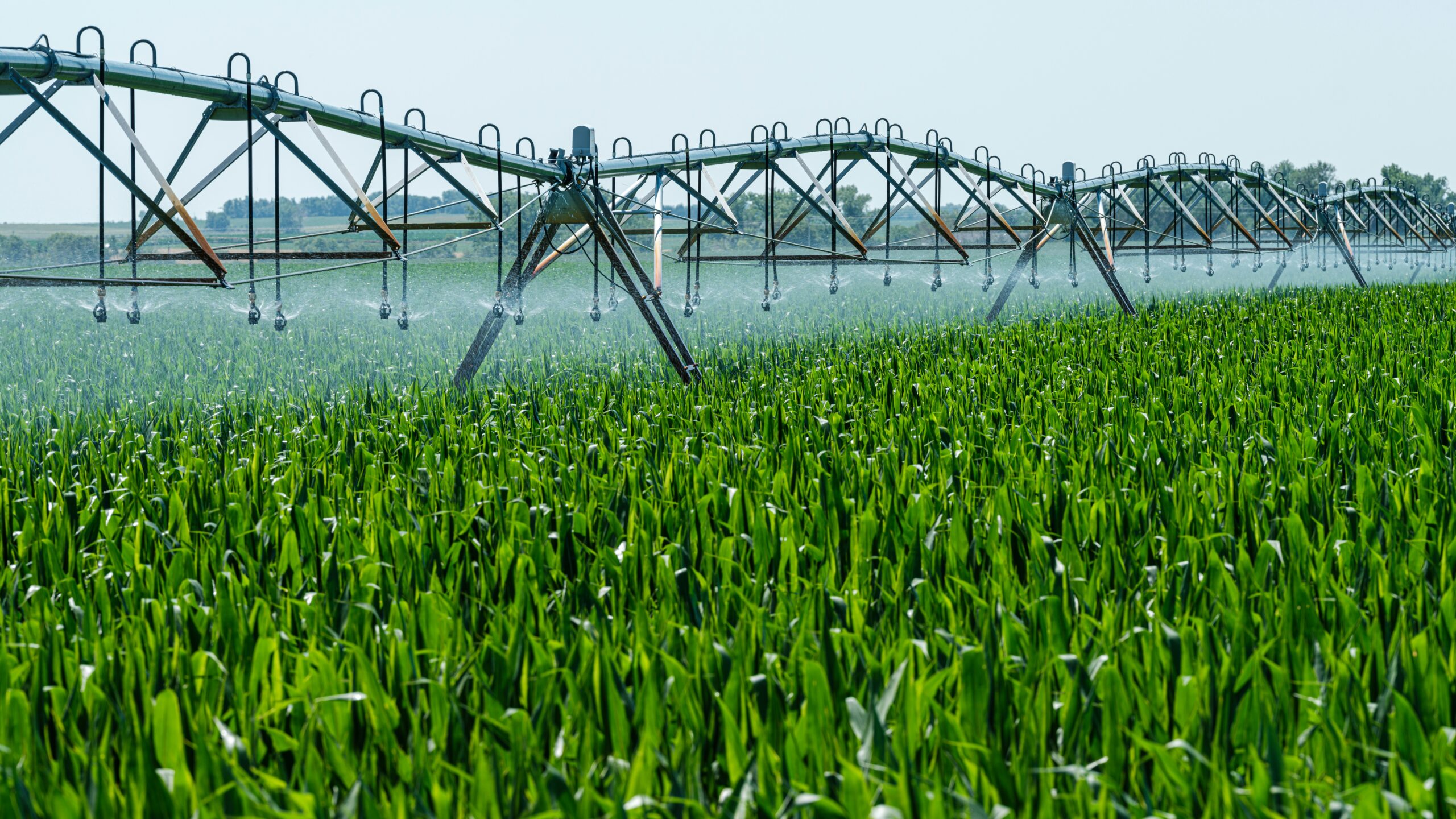It is determined by measurement of a sample of the media being pump, using mesh screens and agitation. Not all mining pumps are the same and they should be applied based on the real world properties of the slurry, such as particle size, shape, and chemical composition.
Why D50 Matters for Mining Pumps
Wear and Material Selection
- Large D50 values (coarser particles) cause more abrasion on the pump’s wear components (impeller, volute, liners).
- For higher D50 slurries, materials like high chrome white iron are often required to handle severe wear.
- Rubber-lined pumps may be suitable for smaller particles, but coarser D50 (especially angular crushed rock) can gouge and damage the rubber lining.
Duty Classification Adjustments
The Hydraulic Institute Slurry Standard defines duty classes (1 to 4) based on slurry severity:
- As D50 increases, so does the duty class (from Class 1 = light to Class 4 = very heavy).
- Duty class determines:
- Maximum head per pump stage
- Maximum impeller peripheral speed
- Recommended materials of construction.
Effect on Operating Window
- As D50 increases, the slurry’s abrasiveness also rises, narrowing the pump’s operating window (flow range).
- Pumps must be operated close to their Best Efficiency Point (BEP) to minimize erosive wear caused by larger particles. Heavy slurries should never operate to the right of BEP on the pump curve
- Larger D50 values may also require derating pump head and efficiency compared to clear water curves.
Pipeline and Settling Concerns
- Coarser slurries (higher D50) settle faster. To maintain solids in suspension, the minimum pipeline velocity must be maintained.
- This affects the minimum flow that the pump can handle reliably. Operating below this minimum leads to blockage and increased wear.
When selecting a mining pump, always gather:
- The slurry’s D50 (median particle size)
- % solids concentration by weight or volume
- Specific gravity of the solids and slurry
- Operating conditions (head, flow, temperature)
Using this data ensures you:
- Select a pump with the best wear-resistant materials
- Adjust for the narrowed operating range due the duty classification
- Maintain the required pipeline velocity to prevent settling
- Avoid excessive wear and downtime
This is not a comprehensive list of steps to determine pump selection, but does give end-users an idea of what they’ll need to make correct choice in their pump.
Cornell Pump offers a range of several dozen mining pumps best suited for particular applications. To learn more about them visit: https://www.cornellpump.com/markets/mining/ . If you would like help in selecting a mining pump you can call Cornell at 503 653-0330 or e-mail mining@cornellpump.com




